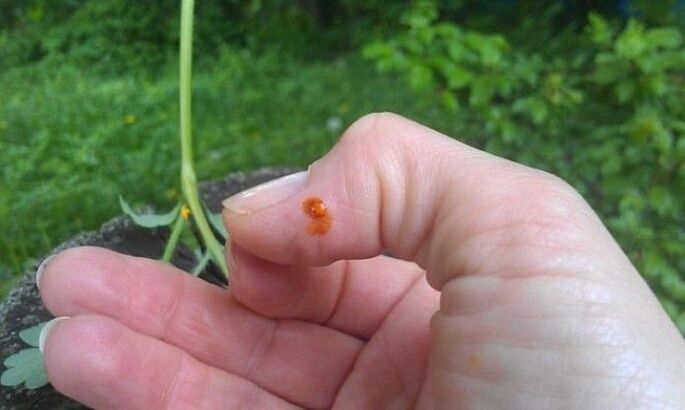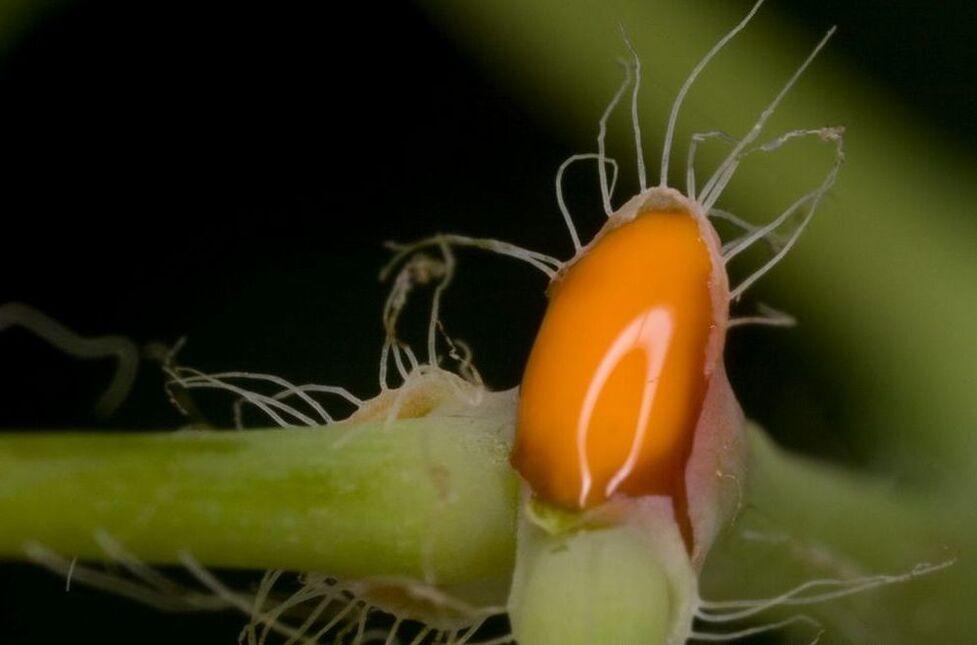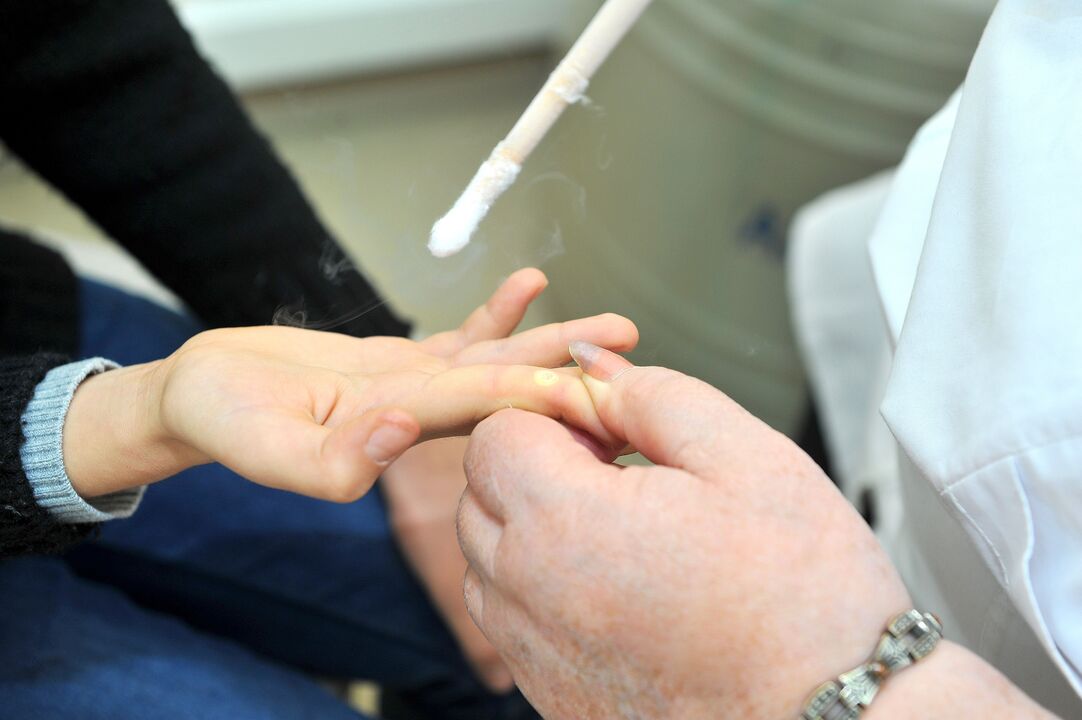In the clinic it is possible to remove a mole, wart or papilloma of any size. We will examine the skin lesion and select the appropriate removal method. If there is a suspicion that a mole or papilloma is malignant, after removal we will send it for histological examination.
When to remove moles, warts and papillomas
In any case, it is advisable to remove warts and papillomas. When they are in areas of contact with clothing, they can injure themselves and cause pain, or simply look unpleasant. Additionally, some warts and papillomas tend to increase in size.
With the removal of moles, everything is not so simple. If the mole is flat, not injured and does not change size and color, it is not necessary to remove it. For your convenience, it is best to remove moles that are located on the scalp, in places of contact with clothing and other areas where they are constantly injured.

If you notice the following signs, you should contact a dermatologist immediately:
- the mole has grown significantly: several millimeters in diameter in a short time;
- it became dark and seemed shiny or acquired an uneven color;
- began to bleed;
- it changed shape;
- the hair fell out of the mole, even though it had grown before.
All these are possible manifestations of the degeneration of a nevus into a malignant neoplasm. If they appear, immediately consult a doctor: he will examine the mole with a special microscope - a dermatoscope, remove it if necessary, and then send the material for histological examination. This will help you find out whether the mole has really turned into a tumor and whether additional treatment is needed.
Why do warts appear and how do cauterizing agents work on them?
Such skin defects appear due to the action of the papillomavirus, which is present in many people. This type of virus is transmitted in many ways, including contact and sexual contact. While the human immune system functions normally, the infection does not manifest itself in any way, but when the defense is weakened, as well as when provoking factors appear, warts immediately appear on the skin. Neoplasms look like nodules or plaques, which grow over time and coalesce into colonies.
The factors that cause the appearance of papillomas and condylomas are:
- Metabolic disorders.
- Weakening of the immune system.
- Sweating caused by wearing too hot clothes or shoes.
- The presence of other viral diseases.
This plant has been used since ancient times. Its juice, as well as tinctures, ointments and oils, were used to combat various skin diseases, since at that time there were simply no other ways to get rid of these problems. Researchers find it difficult to say why the burning effect of celandine produces such an effect. Some believe that the alkaloids contained in the juice are to blame. Others agree that the reason is the immune system's reaction to the drug. It works quite effectively on warts, removing them.

The fight against warts should be conducted comprehensively and include not only drugs aimed at eliminating external manifestations, but also drugs to eliminate the causative virus. Celandine belongs to the first category.
What warts can be removed using celandine? This remedy is natural and therefore can be used to cure almost all cancers. However there are some exceptions:
- Warts in the intimate area cannot be cauterized, since the skin in these places is quite delicate and the use of this product will cause burns.
- Celandine does not help in the treatment of malignant (oncological) formations.
If you notice your wart itching, peeling, or swelling, be sure to see a doctor before treating it. You probably have an entirely different condition that is unrelated to warts.
Is it necessary to remove papillomas?
Small moles that do not protrude above the surface of the body sometimes look very attractive, which certainly cannot be said about papillomas. They are a source of discomfort because they grow in places where the skin is in constant contact with clothing and other parts of the body. Papillomas are often injured: when they rupture, each of them can become a source of bleeding. Sometimes, when an infectious agent attacks, the papilloma and surrounding tissues become inflamed, which leads to undesirable consequences.
It is known that when papillomavirus accumulates for a long time inside a wart, it can cause genetic changes in the epithelial cells of the skin. With a genetic mutation, cells divide uncontrollably and the affected area of skin begins to grow. All these factors contribute to the beginning of the oncological process, so papillomas should be eliminated as quickly as possible. Moreover, now there are many modern methods that allow you to do this quickly, painlessly and effectively.
How to remove a wart with celandine
To obtain the active drug, celandine is collected during the flowering period (May, June) in clean places, away from roads and industrial enterprises. If you have access to such plants, the best method for removing warts is to cauterize them with fresh juice 3-5 times a day until the growth disappears.
This removal method is simple and painless. Choose a stem of celandine, and yellow juice immediately appears on its cut. This juice should be applied to the steamed wart in hot water (to enhance the effect) several times a day.
The juice should be applied directly to the wart, without touching healthy skin. The growth will first turn black, then decrease in size, and then disappear completely. This is the best and most effective way.

But you can use tincture of celandine or oil from it. This is when warts appear in winter and there is no fresh juice. These preparations are prepared in advance in summer and should be left to infuse for 2-3 weeks in a dark place.
This plant is commonly considered a very effective remedy, but there are also contraindications to its use, so you should pay attention to who should not be treated with celandine.
- Individual intolerance.
- During pregnancy.
- Breastfeeding mothers.
- Children under 5 years.
- For bronchial asthma.
- For epilepsy.
Why is it necessary to remove papillomas and warts?
In most cases, benign neoplasms such as papillomas and warts do not cause direct harm to health. Some papillomas can remain on the skin for decades without changing appearance or increasing in size. However, they create some difficulties and risks. Therefore, a wart on the foot often tends to grow and over time begins to poison life with daily pain when walking. Warts on the fingers (often appear in children) or hanging papillomas in the skin folds in women can cause soft tissue injury. For example, if papillomas are located in the chest or back area, in the process of constant friction (for example, against a harness or bra clasp), the neoplasms can be accidentally torn, bleed and become inflamed. Often others begin to appear near a papilloma.
There is an even more serious reason for timely removal of tumors. Among the numerous strains of papillomaviruses, non-oncogenic, weakly oncogenic and HPV types with a high level of oncogenicity are known. The latter are at risk of degeneration: the tumors that appear through their fault can, over time, transform from benign to malignant. By removing such tumors in a timely manner, skin cancer can be prevented.
The problem also lies in the fact that an ordinary person can mistake another, more dangerous neoplasm for a papilloma or a wart and engage in self-medication or simply not pay attention to it. Therefore, with all questions and doubts, it is important to turn to a specialist (dermatologist), he will make a diagnosis, determine the origin of tumors, the degree of danger, and then suggest the optimal treatment methods in this case.
It is highly not recommended to remove papillomas and warts on your own, without first visiting a specialist: this may not only not bring the desired effect, but also aggravate the problem (especially you should not tear or cut the growths).
Opinion of a cosmetologist: "Of course, viral warts require timely treatment, otherwise the process can significantly spread throughout the skin and even lead to infection of surrounding people. As for papillomas, the formations must be removed for prevent its growth, trauma, possible infections and for aesthetic reasons".
Recovery period after removal of papilloma
Regardless of the surgical method used for genital warts, the procedure is followed by a rehabilitation course, during which the patient must adhere to the following recommendations:
- Refrain from intimacy;
- Women are not recommended to use vaginal suppositories and tampons;
- Don't shower;
- Do not wet the postoperative wound during the first 2-3 days;
- Do not scratch or subject the resulting crust to mechanical shock;
- Maintain regular genital hygiene and treat the surgical wound with prescribed medications.
Compliance with these recommendations will shorten the recovery period and prevent the occurrence of adverse complications (infection, bleeding, postoperative wound inflammation).
It is possible to carry out effective and timely removal of papillomas using any of the existing destructive methods in our clinic, where experienced and professional specialists work. The availability of advanced equipment and an individual approach to the patient will be the key to safe and successful treatment of any skin cancer. The price of the papilloma removal procedure will depend on the qualifications of the doctor performing the operation, as well as the location, size and number of warts.

Attention! This article is published for informational purposes only and in no way constitutes scientific material or medical advice and should not replace an in-person consultation with a professional doctor. For diagnosis, diagnosis and treatment, contact qualified doctors!



















